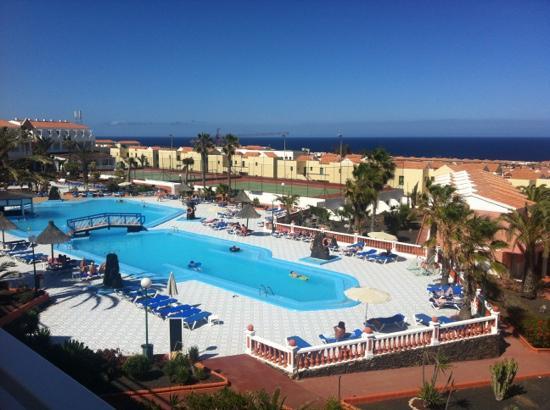Discover Fuerteventura: The Jewel of the Canary Islands

Introduction
Fuerteventura, the second-largest of the Canary Islands, has become a popular destination for travellers seeking sun, sand, and serenity. Known for its stunning beaches, unique landscapes, and vibrant local culture, Fuerteventura is not just a holiday hotspot but an intriguing area steeped in history. Its geographical position, just off the northwest coast of Africa, adds to its allure as a year-round vacation spot. As tourism steadily increases, understanding what Fuerteventura has to offer is crucial for both potential visitors and industry stakeholders.
Tourism Boom
In recent years, Fuerteventura has seen a significant boost in tourism, primarily driven by the appeal of its pristine beaches and diverse natural attractions. According to the Cabildo de Fuerteventura, the island recorded a surge in visitors in 2023, with over 3 million tourists arriving in the first half of the year, marking a 15% increase compared to the same period in 2022. The Wind and Waves Festival, held annually in the town of Corralejo, has further enhanced the island’s reputation as a premier destination for water sports enthusiasts, particularly windsurfing and kitesurfing.
Natural Attractions
Fuerteventura is renowned for its dramatic landscapes, which are dominated by a distinct volcanic terrain and over 150 km of sandy beaches. The Corralejo Natural Park, a UNESCO Biosphere Reserve, features vast dunes and crystal-clear waters perfect for swimming and snorkelling. Moreover, the island’s unique flora and fauna make it a prime spot for nature lovers and hikers. Recent initiatives focusing on environmental sustainability have also encouraged eco-tourism, allowing visitors to enjoy the island’s beauty responsibly.
Local Culture and Gastronomy
The culture of Fuerteventura reflects a rich blend of Spanish, African, and indigenous Canarian influences. Visitors can immerse themselves in local traditions during the island’s various fiestas, which celebrate everything from agriculture to maritime heritage. Gastronomically, Fuerteventura is famous for its goat cheese, fresh seafood, and traditional dishes that highlight locally sourced ingredients. The ‘Fiesta de la Sal’ in the town of La Oliva is particularly noteworthy, showcasing the island’s history of salt production and local culinary practices.
Conclusion
As Fuerteventura continues to gain popularity among tourists worldwide, the island’s unique offerings in terms of natural beauty, cultural heritage, and thriving local economy warrant attention. With sustainable tourism initiatives on the rise, forecasts suggest that Fuerteventura will maintain its status as a leading destination in the Canary Islands. For prospective travellers, understanding the diverse experiences that await on this remarkable island is essential for making the most of their visit to this paradise off the African coast.









